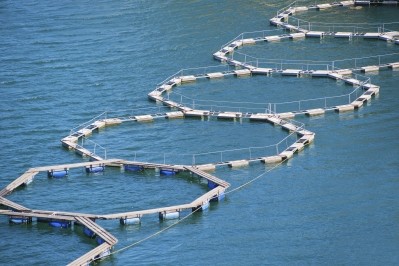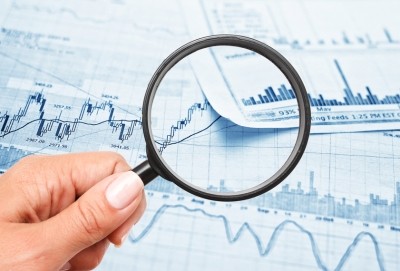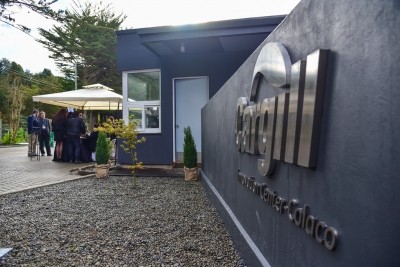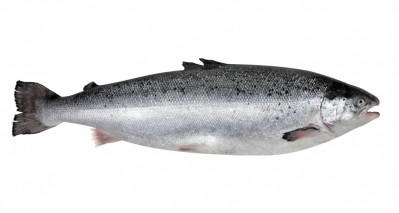Cargill seeks to expand knowledge, markets with EWOS deal
![[pic: (c) istock.com]](/var/wrbm_gb_food_pharma/storage/images/_aliases/wrbm_large/1/1/3/9/1119311-1-eng-GB/Cargill-seeks-to-expand-knowledge-markets-with-EWOS-deal.jpg)
The agribusiness giant recently announced it was acquiring the Norway-based salmon feed company EWOS for about $1.5b from Altor Fund and Bain Capital Europe, though the deal is subject to regulatory approval because of its size, said Sarena Lin, Cargill’s feed and nutrition business president.
“The good news is there is no overlap in terms of footprint, so we don’t anticipate regulatory hurdles, (but) we have to file as part of the normal process,” she told FeedNavigator. “We expect it to close within the next 30-60 days and that’s what we’re preparing for.”
Expansion opportunities
The purchase of the salmon feed company offers an expansion of the aqua feed products Cargill currently produces as EWOS’s focus is predominantly on cold-water production, said Lin. The company also reportedly produces more than 1.2m metric tons of salmon feed annually.
“The majority of our products are in the livestock areas, and we entered the aquaculture business about 20 years ago and we’ve predominately been in tilapia and shrimp and some local items – these were all warm-water species,” she said.
This expansion into cold-water fish, like salmon, compliments that work, she said.
Aquaculture is a “growth pillar for the feed business,” Lin added.
The deal also brings Cargill two research and development centers in Norway and Chile and seven feed manufacturing facilities located in Norway, Chile, Canada, Scotland and Vietnam, stated company information.
“To be in that cold-water species, to have that kind of footprint, Norway and Chile are must haves,” she said of the new facility locations.
"Salmon is one of the most advanced species from a technology (perspective) – the feed, production, physical characteristics required are more complicated than other species we have seen,” added Lin.
The deal is the second aquaculture investment that Cargill has made in recent months, as the company recently announced a $30 joint venture with Naturisa to build a shrimp feed facility in Ecuador.
Market trends
About 164.3m tons of fish were sold in 2014 and that amount is estimated to increase to about 168.6m tons for 2015, said the UN's Food and Agricultural Organization (FAO). The total trade value is expected to increase from $143.9b to $144.5b. Of the estimate for 2015, 147.5m tons are expected to be used for food, 16.4m tons for feed, with 4.7m tons going to other uses. On a global scale, by 2011, fish consumption comprised about 16.7% of the animal protein eaten.
Additionally, the amount of Atlantic salmon produced increased from about 2.067m tons in 2012 to 2.087m tons in 2013, reported the FAO.
Moving forward
In the short term, Cargill will be focused on bringing in EWOS into the larger group, said Lin.
There is no specific timeline set as the teams still need to engage.
Looking longer-term, the goal will be to leverage the company’s 'footprint', market, technology and knowledge base.
“[But] the key for us right now is focusing on the integration and allowing the team to develop for future growth, and transferring the know how from EWOS to other markets and other species so we can continue to accelerate,” she said.








